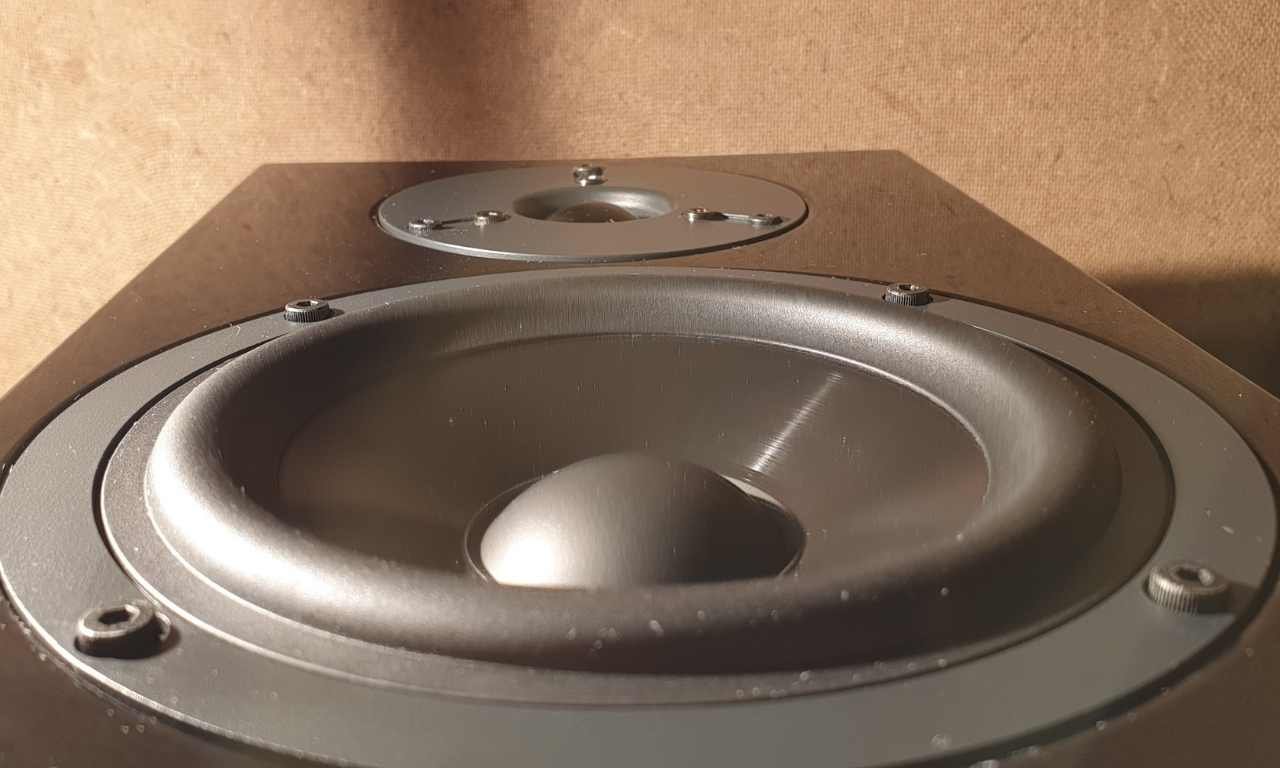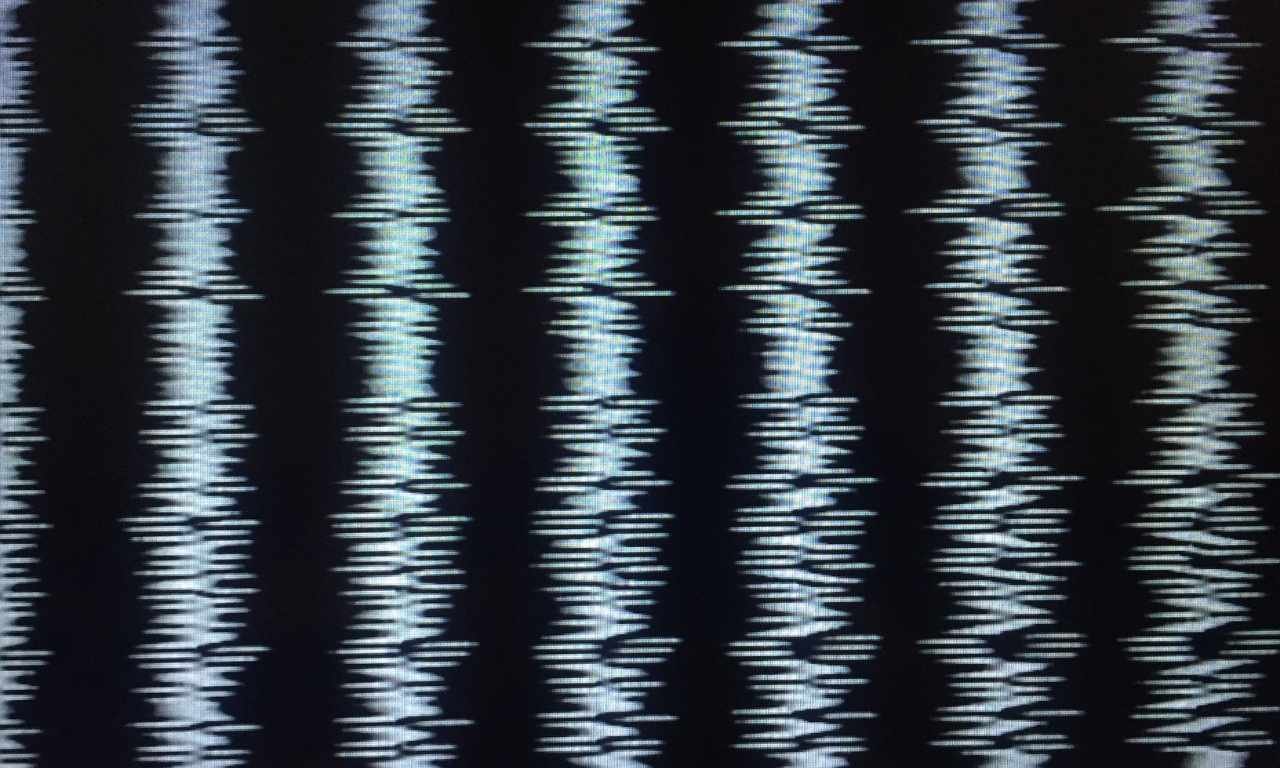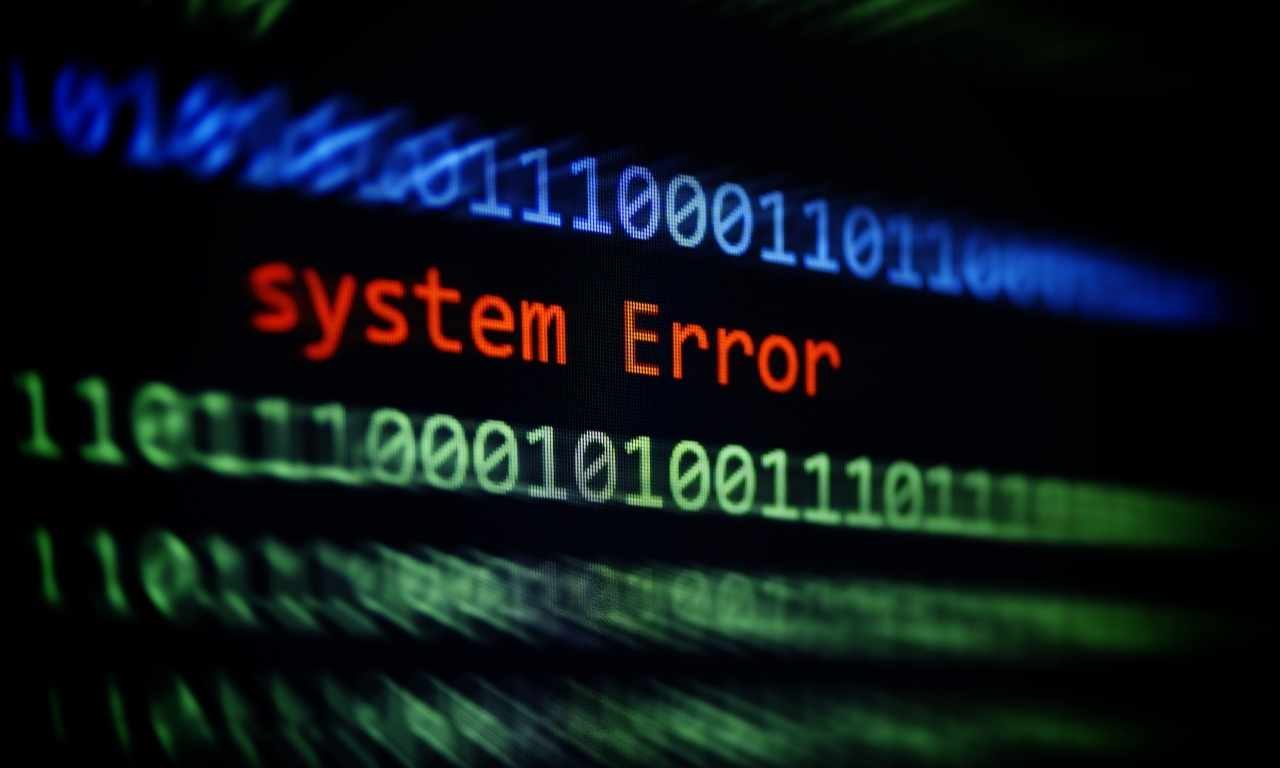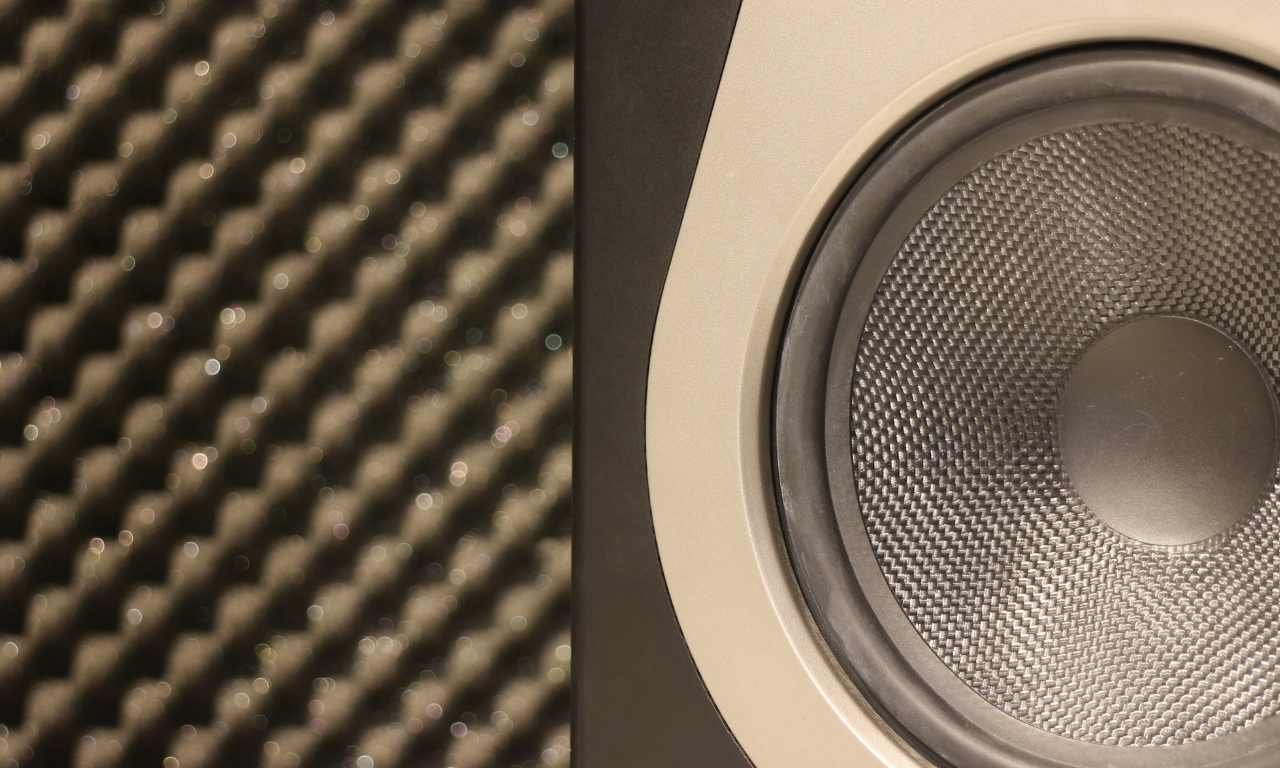
A speaker is just a device that applies sound waves to the air with its cone. This is done by an electromagnet that has the effect of moving the speaker cone in and out with respect to the fixed magnet, which imparts a signal to a wire attached at one end. The other end is attached to a pin for electricity to flow through.
Speaker vibrates due to electrical ground loop, frequency interference, hardware issue, logic board issue, due to electronic signal interference, disassembled components, soundproofing, malfunctioning in the components etc., These are the primary reasons however severe defects can also create vibrations.
As it vibrates, there are sound waves propagating from it. As these compression propagate through air particles they cause pressure deviations from equilibrium state of the previous uniform condition. These fluctuations come as wave packets consisting of crests and troughs of more or less constant amplitudes that diminish as they travel away from their source(speaker).
Due To Electrical Ground Loop
An electrical ground loop is when you have a path from the audio system to the electrical ground. For example if your audio system had RCA cables with 2 black bands at one end, they would go into a device that has a 3rd prong on the wall plug which connects to a grounding wire in your house. As long as each of these components are grounded properly by way of a separate wire going to the main ground in the house then all should be fine.
Basically it makes sure that any excess voltage or interference can flow out through this wire and onto the earth outside rather than causing problems within your equipment. If there isn’t a proper path from one component to another, for instance if you try and connect both grounds together between the amplifier and the source, you are creating a ground loop. This is because there are 2 different paths to complete the circuit which introduces some resistance so not all the voltage may go out through the path it should.
Most of us have experienced this phenomenon with our sound systems; static, background noise, popping sounds etc. It happens when your equipment is grounded in different areas or there is too much electricity entering the system (perhaps you had an electronic device that has short circuited).
This can be resolved by using shielded cables (the ones that don’t have any metal exposed), ensuring everything is plugged into one central power strip etc. Another method is to use separate circuits for audio components but at times even this isn’t enough as most grounded circuits are all interconnected.
The best way to stop this is by using an isolation transformer which acts as a buffer between your audio system and the main ground. These can be expensive so there are other things you can do by ensuring your sound system is grounded properly, buying good quality cables etc.
Due To Frequency Interference
 Another factor that causes a speaker to vibrate is the frequency and wave it emits and how this affects surrounding objects. For example, if there is a high frequency emitted then this might cause the speaker cone to vibrate more which would translate into slightly higher amplitude soundwaves.
Another factor that causes a speaker to vibrate is the frequency and wave it emits and how this affects surrounding objects. For example, if there is a high frequency emitted then this might cause the speaker cone to vibrate more which would translate into slightly higher amplitude soundwaves.
However, what we perceive as distortion may not actually be distortion; it could just be our ears (or other parts of the body such as the skin) catching up with these slight variations in sound torque . This differs from person to person but for an average human ear it takes time to adapt after hearing certain frequencies for a period of time.
As far as sound pressure goes, you will have a maximum pressure point just before a reaches its peak and another one behind the peak. It is because of these variations in sound pressure that cause vibrations, particularly around the speaker cone which are what we end up hearing as distortion or pops etc.
Hardware Issue
A speaker vibrating usually only occurs when an electrical ground loop has occurred. This can happen if you connect your amplifier to the sound card by the same cable, which is faulty and causes a short circuit or an impedance mismatch which results in frequencies that are transmitted into other components that cause it to vibrate. Other hardware issues include incorrect installation of drivers etc.
Logic Board Issue
When there is not enough power reaching the device (due to voltage variations) it tends to fluctuate and this can result in both visible and audible distortions/disturbances; in fact anything from dropped processes, fan spinning down etc. These changes in electrical inputs may also cause your processor fans to speed up because when the power fluctuates, so does the voltage and this results in your processor trying to compensate.
There may also be a problem with your memory as some RAM modules require slightly more power than others, so it might be worth checking if you have the correct type as anything less than 50% of required wattage can lower performance due to low RAM voltage. You should check with the manufacturer on how much wattage they recommend for that particular model and ensure it is provided through an official power supply unit (PSU).
The problem might lie within the power supply itself and dissipating all its input energy; which could result in over-heating components such as capacitors etc. or even at times problems with processors . You will need to ensure there is enough space between various components to ensure adequate cooling. Also, check the power supply with a multimetre at least on some of its 12V rails.
For Server
A properly working server should have all fans running smoothly and this can be easily verified by logging into your machine’s BIOS or using iDiag if it supports that feature. You will need to do this when the system is powered off so you know what the minimum RPMs for each fan are under normal conditions.
For example, in most cases, for an Intel Xeon 3GHz quad-core processor with hyperthreading support your DIMMs would require 1.5V but anything more than 1.65V could raise temperatures significantly which might reduce performance over time due to excessive heat generated within the processor package. It is recommended that you check the motherboard manufacturer’s website for your model and details on how to set fan speeds or enter your BIOS (if available).
For Windows
If you still think it might be thermal related then make sure there are no dust build-ups within the heatsink(s) and fans; this happens if they are not serviced regularly or just dusty in general. Make sure that the fans are running at their correct speed/RPM when the system is off by checking with a multimeter which should tell you their minimum RPMs even when not powered up. If there is excessive vibration, then clean out the dust thoroughly with compressed air or brush it away carefully without applying too much pressure so as to not bend the blades and cause imperfections.
For Mac
Your machine might be running too hot and you will need to check for any thermal related issues such as dust which can block heat from escaping or just malfunctioning fans who fail to spin at their required minimum RPMs when the system is off. Use iStat Menus (hardware monitor software) to check on average temperatures of your hardware parts such as CPU, GPU, chipset etc.
So as to identify whether the issue is thermal or not. You should also pay attention to coolant levels within your machine – Apple provides mid-level machines with pre-filled coolant chambers; only advanced users with specific training should attempt filling up their own ones – which can result in leaks and other problems if not handled properly.
For Linux
Use a similar method as for Windows by checking the minimum RPMs of your fans and ensuring there is no dust build-up among other things through iStat Menus or any other corresponding tools that are available to you. You can check on average hardware temperatures as well but make sure that your system doesn’t start throttling due to overheating which might result in reduced performance. If this happens, then you might need to clean up those heatsinks more thoroughly than usual and/or increase fan speeds by editing relevant settings within the BIOS (if applicable).
Software Issue

Unsolved problems or software conflicts might be responsible for causing a speaker to vibrate following a reboot. Try a clean install of your operating system and check for any updated drivers from the manufacturers’ website, especially in cases where there were previous driver-related issues over time.
Software issue is probably the least likely cause but still worth checking out even if you have already tried everything else. If you are an advanced user try overclocking your machine so as to check if it is software related, in which case you will most likely be able to solve it easily by reverting back to your previous settings (if possible).
Other possibilities
Some other possibilities include loose components among other things such as optical drives, graphic cards etc. Be on the lookout for anything that might obstruct airflow or generate some kind of noise when touching the chassis of your machine while powered on. USB devices can sometimes cause this kind of behavior too; make sure they are plugged in properly and do not stick out beyond their connectors (i.e., USB keys with no caps).
Due To Electronic Signal Interference
If there is mechanical vibration caused by an electrical signal, then it will (most likely) be transmitted to the speaker causing it to vibrate. This is usually the case if you are hearing strange sounds like rattling or clicking noises while playing games. This can result in slight wobbling of objects on your desk too, depending on how sensitive your setup is; this might not sound like much but when amplified through speakers results in a strange effect overall.
Try moving any unnecessary USB drives or equipment away from the area surrounding your machine and see if this helps in any way since it could be interfering with the signals being sent between components inside. If possible try using wired connections instead of wireless ones which can also cause signal interference due to their close proximity to certain components.
However, if you are not hearing any sounds or seeing any movements whatsoever when the problem occurs then it is probably not related to electronic signal interference which would have been transmitted through some kind of feedback (i.e., audio/video outputs, touchpads etc.) in that case.
You can still try disabling your wireless adapter though just to make sure that there isn’t anyway possible for an outside source to interfere with your machine but chances are this won’t solve anything either since noise shouldn’t be a big issue with desktops unless you live near high voltage cables for example.
Due To Malfunctioning Components
It is possible for other components to malfunction and affect the normal performance of your computer in many different ways. One way would be by causing an increase in fan speeds whenever it detects overheat, resulting in the vibration you are experiencing.
Make sure that all your fans are running normally with no abnormal patterns or noises present among other things since this could be indicative that something else is wrong with one or more of them. Check if any heat sinks are loose as well, maybe try removing the cooler from your processor (if applicable) and see if there is anything trapped between its heatsink and contacts which might have caused a malfunctioning component to vibrate inside.
You can also check on average hardware temperatures as mentioned before to make sure they aren’t overheating just in case something else is wrong with them.
If there are any loose components inside, maybe try removing them and cleaning the area around them before putting everything back together again making sure to check if they are seated properly upon reassembly.
Alternatively setting up a new Windows installation which will reset anything related to drivers can also be helpful in this case since malfunctioning components usually tend to glitch out or cause problems when their drivers are either corrupted or missing. If you have overclocked your machine then reverting back to the default settings might solve it depending on what exactly caused your system to malfunction originally.
Disassembled Components
It is also possible that there is physical damage done by mishandling during disassembling for maintenance purposes but chances are that the problem won’t reappear after you reassemble your components back together again.
If it does then the damage is most likely permanent since there isn’t any way to fix or replace parts unless you were extremely careful during disassembly, which is what you should be aiming for if doing something similar in the future. Try removing all power sources including batteries from mobile devices before touching any electronic components and see how much this helps as well just to rule out any possible issues related to static charge buildup.
Soundproofing
 Using soundproofing such as acoustic foam can help reduce overall noise levels produced by vibrating components depending on their materials used but that’s not really a solution to the underlying issue itself since aren’t always available and/or designed for certain components specifically.
Using soundproofing such as acoustic foam can help reduce overall noise levels produced by vibrating components depending on their materials used but that’s not really a solution to the underlying issue itself since aren’t always available and/or designed for certain components specifically.
In most cases it would be more beneficial to have a better case which can reduce overall noise levels by being properly isolated from outside sources and having a built in fan controller among other things. If you are using a laptop then getting a docking station is going to do wonders for both its performance and cooling capabilities while at the same time reducing noise levels significantly whenever you go mobile without losing any of your usual features.
In other cases, Windows itself might produce noises below certain thresholds especially if you try tweaking some of its advanced settings or add sound effects since these should only take place when they are actually needed unlike the problem you are currently having with your hardware vibrating instead.
Never neglecting proper care and maintaining including checking thermal paste levels for possible debris buildup, dust accumulation and more on the inside of your machine which could have an adverse effect on its components.
This is especially important if you are using a laptop as they tend to accumulate dead skin cells, hair and other bits of dirt around their ventilation areas due to extended periods of usage over time since that isn’t as much of an issue with desktops as well as replacing fans or modifying their existing designs by removing unnecessary parts such as metal shields where applicable.
Due To Mechanical Force
Many basic components ranging from hard drives, blu ray players or game consoles like the Xbox 360 use simple ball bearings which make them relatively lightweight in terms of weight while also having very low tolerances when it comes to mechanical force.
This means that if you press down on top of any disk drive platter then it should be perfectly smooth otherwise something might be wrong with its spindle motor or other internal parts where it connects to the mainboard. Of course this isn’t a foolproof method for checking for damaged hardware since there aren’t any clear indicators whether a component has been physically damaged or not using only your senses alone but just something else to consider before moving on.

Leave a Reply